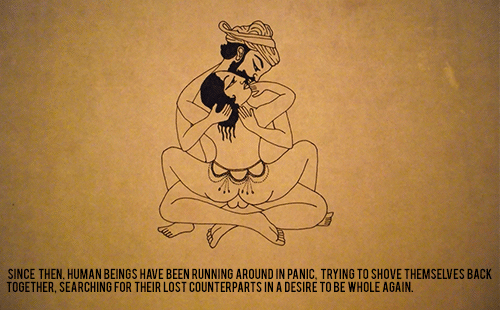Yes, I made those videos. You don’t understand what which “cloud” is??
As far as infinite divisibility, just as there is always a number greater than any number given, there is also always a number lesser than any non-zero decimal. And such numbers represent quantities, of whatever. What is hard to comprehend about that?
Matter “wells up” from a great, great deal of chaotic ultra-minuscule EMR (aka “affectance”). Such is found in the center of stars and black holes. The affectance density must be very high such as expressed in this video:
[youtube]https://www.youtube.com/watch?v=l6-_6__9ZvY[/youtube]
There was no “Big Bang”. Every bit of supposed evidence for it has been shot down. It was a religiously injected notion.
I authored Affectance Ontology because it can be totally, logically proven (it is not a speculation) and it explains literally every scientifically noted observation, even those that scientists preach as unexplainable (even the famed “Young’s Double-Slit” experiment).
If you can follow logic without prejudice, you will become a believer too.
That was a very good video, although I think that he got his cart before his horse on a couple of things. I loved that he properly accredited Henry Lorentz. And what he refers to as “speed of causality” is exactly identical to what I refer to as the “speed of affect”. I used “affect” rather than “cause” simply because existence can be defined in terms of “that which affects”. The term “that which causes” is a little more dubious. It is merely a language and philosophy issue, but the bottom line is that they are identical.
I can explain (again) exactly why it is that light travels at that particular speed and never faster. And yes it is related to causality, but more obviously related to affect. The speed is the fall out of two infinitely fast occurrences yielding a necessarily finite result. And he was also correct about the fact that the universe could not exist at all if affect propagated at an infinite speed. But note that he did not know WHY causality/affect/EMR cannot travel at infinite speed, but rather only that it must travel at a finite speed in order for the universe to exist.
You are right about that. The speed of propagation c, is independent of the “frequency” (“equivalent frequency” - there is no actual oscillation going on) as long as there are no mass particles involved (aka “total vacuum”).
And “c” is NOT a “distance”.
Time is the measure of relative changing between two changing events.
Distance is the measure of the average amount of ambient changing going on in a region (affectance density).
Those are the reasons why relativity works as it does.
And since you mentioned it, “Dark Matter” is merely vast regions of higher affectance density (that green cloudy stuff in the videos), slowing light, creating more gravitational migration (no mass particles required), and skewing measurements of distance (leading to erroneous notions of how far and how fast things are moving). Their use of it in astrophysics is just (even though they seem to be oblivious as to what it is).
Exactly. I have been preaching that for years.
Actually it is the other way around. It is at c that mass becomes light and finally losses all of its “rest mass”. The issue is merely one of whether the entity is formed of affects traveling entirely in a single direction (a “photon”) or whether the entity is formed of a chaos of affects traveling in random directions. All affects (on that level of the physics) travel at exact the same speed (considering their environment), but a mass is formed when the affects traverse each other, causing delays in their propagation. Without those delays, there could be no mass at all. And if you removed all transverse affectance from any mass particle (by magically encouraging it to out run transverse interference) what is left of what was a mass particle is only whatever affects were traveling in the same direction. And that is what a light photon is.

